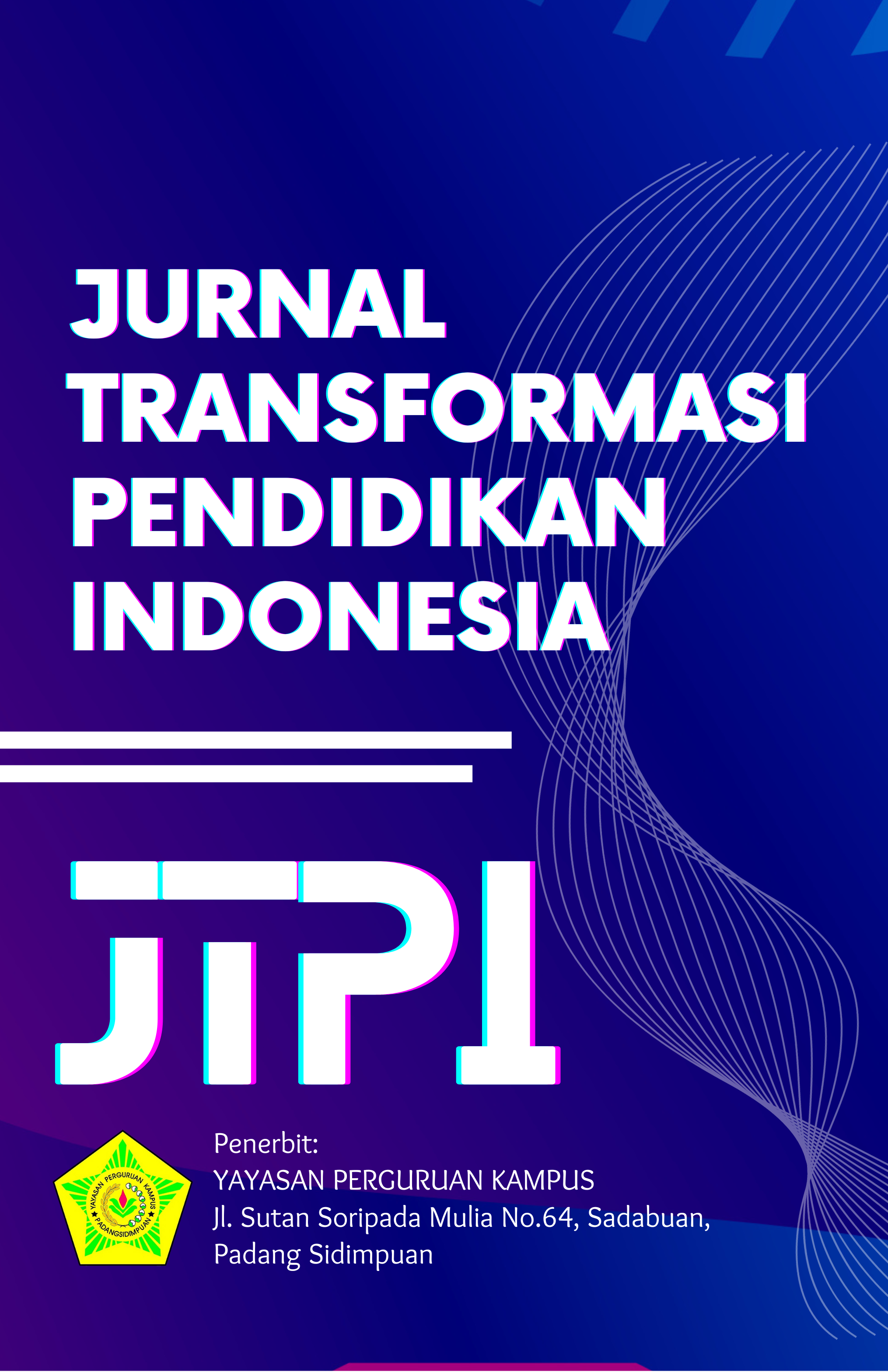Pelatihan Manajemen UMKM Dengan Pemanfaatan LimbahTempurung Kelapa Menjadi Bahan Bakar Briket di DesaBatanggadis
Keywords:
Training, Alternative Fuel, briquettes, Waste, Coconut ShellsAbstract
Indonesia is one of the tropical countries that has abundant coconut plants. Coconut plants have many
benefits ranging from roots, trees to fruits. Currently, coconut trees have been widely utilized but not
optimally, especially coconut solid waste. Coconut solid waste can be converted into briquettes that can
be further utilized as environmentally friendly alternative fuels. Briquettes are blocks of material that
can be used as fuel to start and maintain a fire. Batanggadis Village, West Panyabungan District,
Mandailing Natal Regency, North Sumatra Province is one of the villages where most of the people
cook with firewood. Firewood is a cheap and easily obtained fuel compared to LPG gas. In addition,
Batanggadis Village is known as one of the areas producing coconut shells, but it is not utilized
optimally. Therefore, it is necessary to increase understanding and awareness in processing coconut shells
into briquettes through training for the community in order to increase the added value of waste and
increase community income. And with UMKM management training, human resources in Batanggadis
village are increasing.
Downloads
References
Abdullah, K. (2002). Biomass Energy Potential and Utilization in Indonesia. Institut Pertanian Bogor.
Arbi, Y., Aidha, E.R., dan Deflianti, L. (2018). Analisis Nilai Kalori Tempurung Kelapa Sebagai Bahan Bakar Alternatif Di Kecamatan Sipora Utara Kabupaten Mentawai. Jurnal Pendidikan Teknologi Kejuruan. 3(1): 119-123. https://doi.org/10.24036/jptk.v1i3.2123
Arni, Labania, H. M., and Nismayanti, A. (2014). Studi Uji Karakteristik Fisis Bioarang sebagai Sumber Energi Alternatif. Online Jurnal of Natural Science. 3: 89–98.
Budi, E. (2017). Pemanfaatan Arang Tempurung Kelapa Sebagai Sumber Energi Alternatif. Jurnal Sarwahita. 14(1): 81-84. https://doi.org/10.21009/sarwahita.141.10
Ismail A, (2024). Metodologi Penelitian Lingkungan Berbasis Tindakan Lapangan. Universitas Katolik Soegijapranata.
Jamilatun, S. (2008). Sifat-Sifat Penyalaan dan Pembakaran Biomassa, Batubara dan Arang Kayu. Universitas Ahmad Dahlan Yogyakarta.
Mahmud, Z dan Ferry, Y. (2005). Prospek Pengolahan Hasil Samping Buah Kelapa. Perspektif. 4(2): 55-63.
Maryono, dkk. (2013). Pembuatan dan Analisis Mutu Arang Tempurung Kelapa Ditinjau dari Kadar Kanji. Universitas Negeri Makasar
Nurhila, O dan Suryaningsih, S. (2018). Pengaruh Komposisi Campuran Sabut Dan Tempurung Kelapa Terhadap Nilai Kalor Bio Dengan Perekat Molase. Jiif (Jurnal Ilmu Dan Inovasi Fisika). 2(1): 8-14. https://doi.org/10.24198/jiif.v2i1.15606
Sarwono. (2015). Studi Ekperimental Karakteristik Organik Dengan Bahan Baku PPLH Seloliman. Jurusan Fisika FTI ITS. Surabaya.
Yatimin, dkk (2024) Penguatan Menajamen Usaha Mikro Kecil Dan Menengah (Umkm) Di Indonesia: Studi Literatur. Institut Teknologi dan Binsis Ahmad Dahlan, Jakarta. p-ISSN: 1829-5150, e-ISSN: 2615-4846
Downloads
Published
Issue
Section
License
Copyright (c) 2025 Ali Yusron (Author)

This work is licensed under a Creative Commons Attribution-ShareAlike 4.0 International License.














